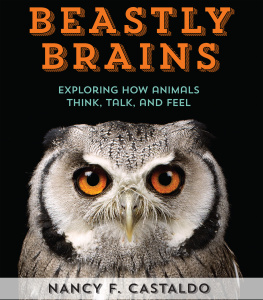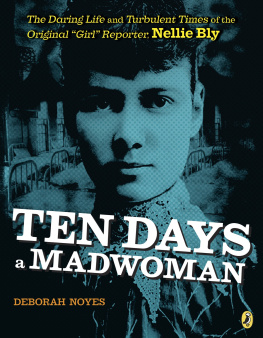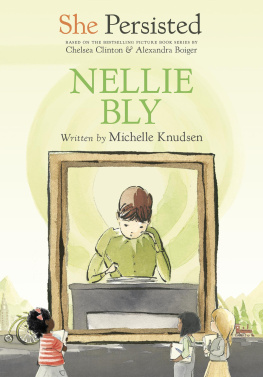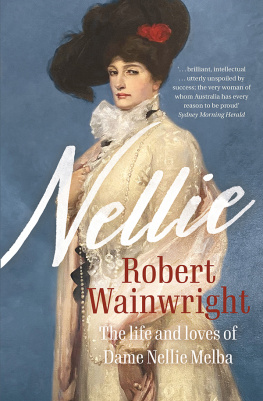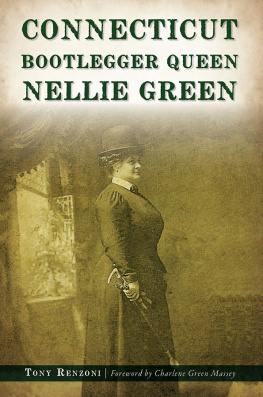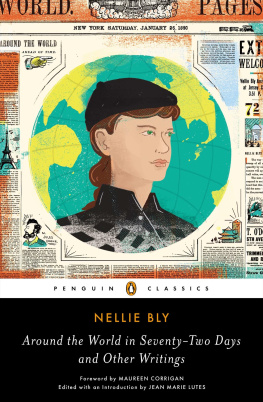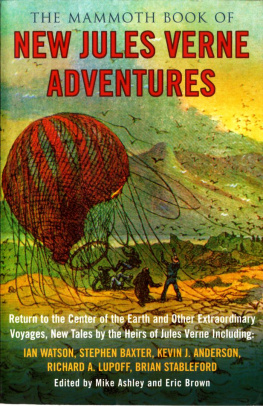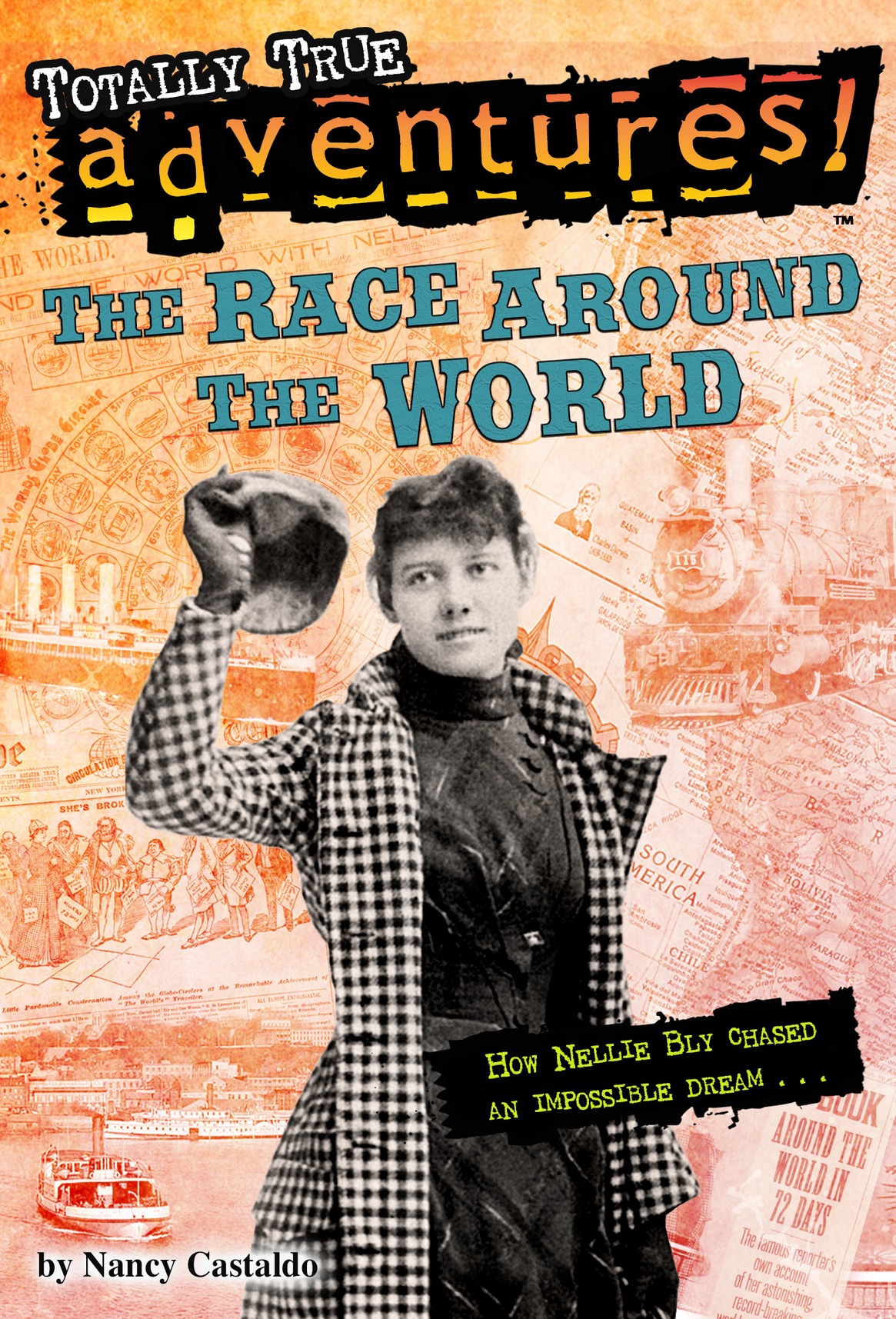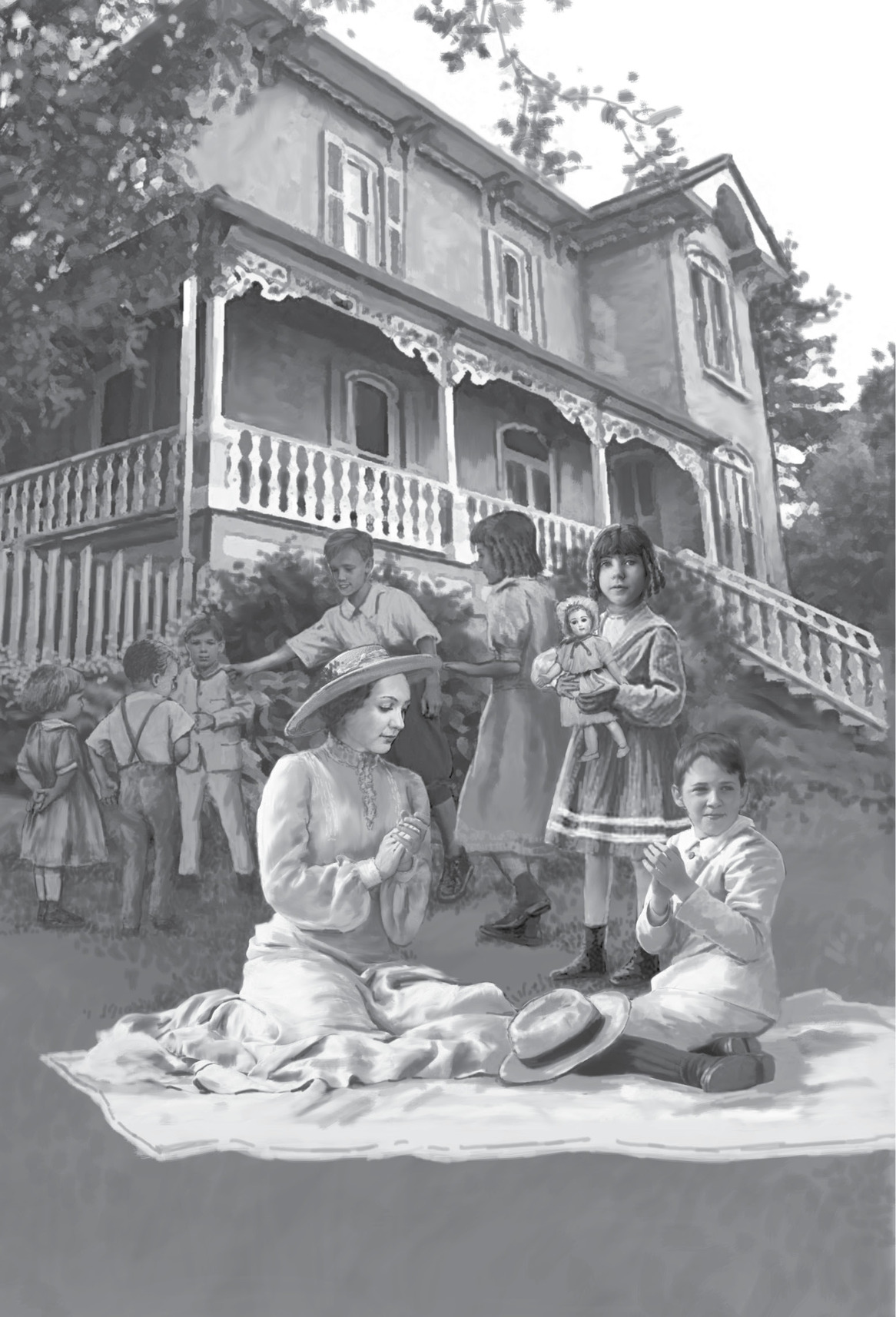The most exciting, most inspiring, most unbelievable stories
are the ones that really happened!
The $25,000 Flight
Apollo 13
Babe Ruth and the Baseball Curse
Balto and the Great Race
Climbing Everest
The Curse of King Tuts Mummy
Finding the First T. Rex
The Race Around the World
The Titanic Sinks!
For Lucie
Text copyright 2015 by Nancy Castaldo
Interior illustrations copyright 2015 by Wesley Lowe
Excerpt copyright 2015 by Gail Herman
Photograph credits: Cover, courtesy of the Library of Congress, Prints & Photographs Division
All rights reserved. Published in the United States by Random House Childrens Books, a division of Penguin Random House LLC, New York.
Random House and the colophon are registered trademarks and A Stepping Stone Book and the colophon are trademarks of Penguin Random House LLC.
Visit us on the Web!
SteppingStonesBooks.com
randomhousekids.com
Educators and librarians, for a variety of teaching tools, visit us at RHTeachersLibrarians.com
Library of Congress Cataloging-in-Publication Data
Castaldo, Nancy F. (Nancy Fusco).
The race around the world / by Nancy Castaldo ; illustrated by Wesley Lowe.
pages cm. (Totally true adventures)
ISBN 978-0-553-52278-5 (trade) ISBN 978-0-553-52279-2 (lib. bdg.)
ISBN 978-0-553-52280-8 (ebook)
1. Bly, Nellie, 18641922TravelJuvenile literature. 2. Voyages around the world Juvenile literature. 3. Women journalistsUnited StatesBiographyJuvenile literature. I. Lowe, Wesley, illustrator. II. Title.
G440.B67137C37 2015 910.4'1dc23 2014044976
eBook ISBN9780553522808
This book has been officially leveled by using the F&P Text Level Gradient Leveling System.
Random House Childrens Books supports the First Amendment and celebrates the right to read.
v4.1
ep
Contents
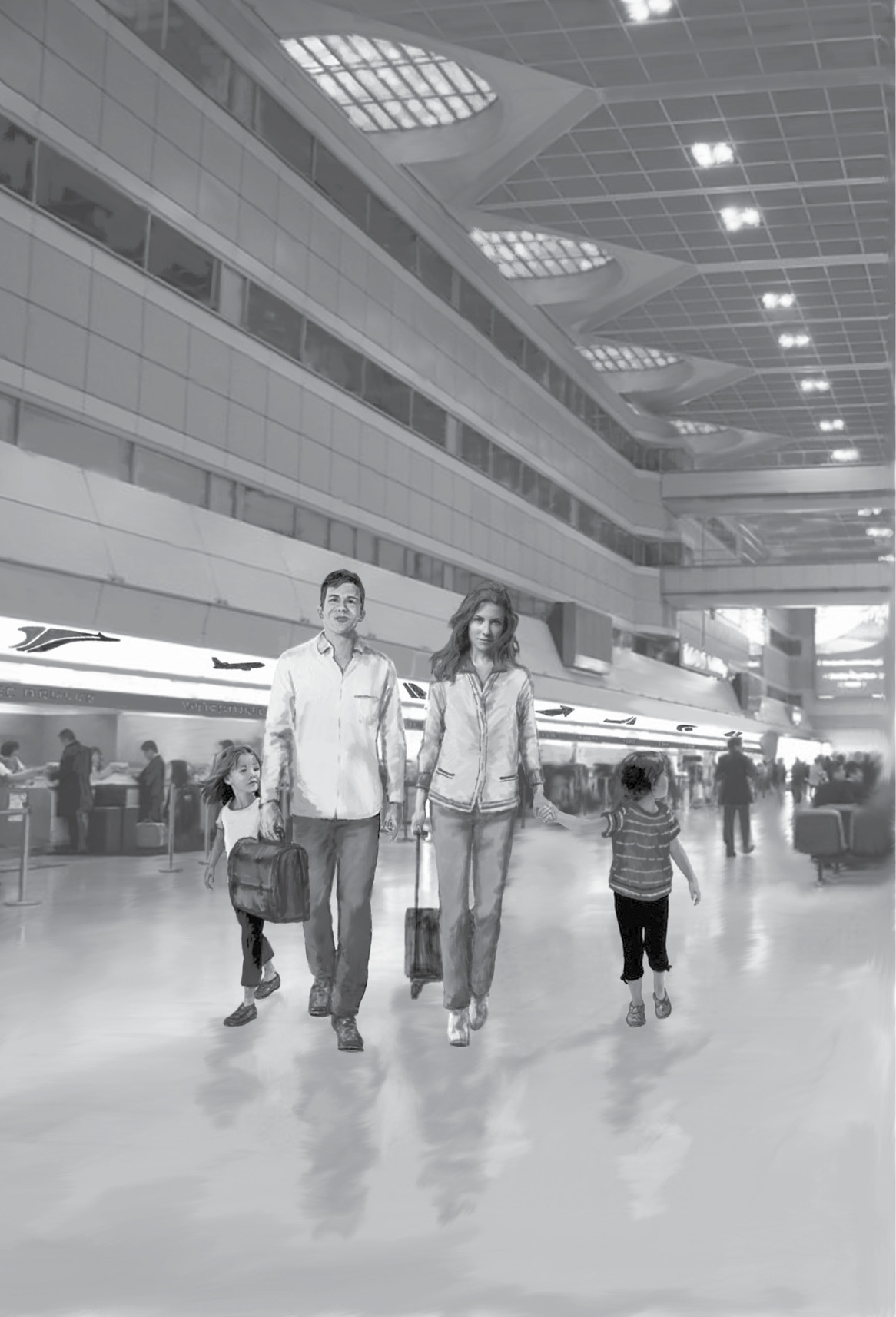

T echnology and travel have changed a lot in the last hundred years. Today we think nothing of calling a friend up to say I miss you, even if that friend lives in another state or country. We blow out birthday candles in front of a computer so that someone we love can share that special moment over a video chat. Family members fly to see each other for the holidays. But imagine a time when phones and computers didnt exist. Or planes. It was hard to know much about people who lived far away. People outside of Italy might not have known how yummy pizza was. And people in Italy might not have known where New York City was. The world seemed very big.
But the world got a little smaller in the 1800s. It became possible for people to travel around it. Three important things happened. The first transcontinental railroad was finished in 1869. Before then, Americans had traveled west in wagons. Now they could go faster and easier. By 1871, the British connected all of the railways in India. This meant that people and goods could travel easily across India, too. The Suez Canal opened in 1869. Ships could use the canal to sail safely and quickly between Europe and Asia. They didnt have to sail all the way around Africa.
For the first time, anyone could make a plan, buy tickets, and travel the world. The idea was exciting. People did not need to be explorers to see new places. Anyone could go on an adventure.
However, women still faced challenges. There were some rules women needed to follow. It was not common for them to travel alone. Plus, they needed many clothes. Women wore gowns for different days, events, and times of day. They also wore hats and long coats. They carried umbrellas called parasols. It did not make travel easy. All these clothes had to be packed in huge trunks. But a trip around the world was possible.
Jules Verne was one of many people dreaming of such a trip. He was an author. He wrote about amazing journeys. In 1873, he wrote a bestselling book called Around the World in Eighty Days. Its about a man named Phileas Fogg who makes a bet with his friends. I will bet twenty thousand pounds against anyone who wishes that I will make the tour of the world in eighty days or less, said Phileas Fogg.
Eighty days or less. How on earth could anyone travel from country to country, over seas and land so quickly? Sure, its possible today to take a trip around the world. You can fly from New York City to London, England, in just under eight hours. But the only way people traveled during the late 1800s was by ship, train, or horse. These took a lot more time. Long delays happened often. Ships could be stuck in harbor for days in bad weather. Trains traveled slower. Horses were even slower than trains.
Still, people wondered: could it be done?
Maybe, by someone smart, tough, and brave. Certainly not by a young woman.
T he woman we know as Nellie Bly was born Elizabeth Jane Cochran. She was nine years old when Jules Vernes Around the World in Eighty Days was published. She lived in a tiny town in Pennsylvania. The town was named after her father.


